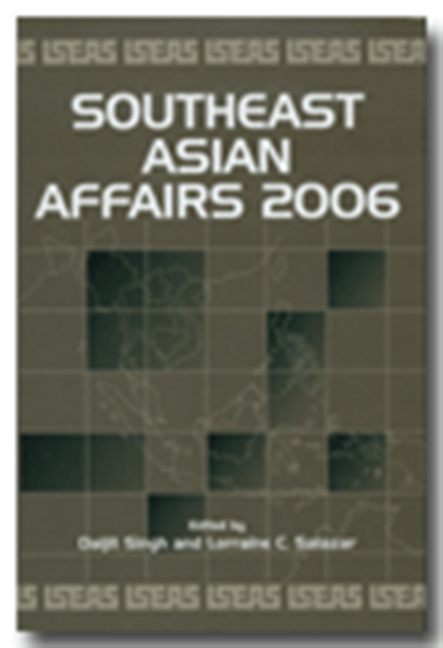Laos: The State of the State
from Laos
Published online by Cambridge University Press: 21 October 2015
Summary
The year 2005 marked the 35 th anniversary of the People's Revolutionary Party's takeover of the Laotian government. Throughout this period, journalists and scholars have used various labels to describe the Laotian state. Some referred to it as a communist or socialist authoritarian state while others have described it as a weak state that could not even pay the salaries of many of its employees regularly. It is true that Laos is one of the five remaining communist countries in the world. It is also true that the Lao People's Revolutionary Party (LPRP) does not tolerate any form of political opposition that directly or indirectly challenges its rule. Laos remains one of the most underdeveloped and poorest countries in the world. Even in 2005, about 38 per cent of the population reportedly lived below the poverty line and the salary of senior government officials was not enough for a family of four to live decently. Furthermore, a large majority of the working people, especially those from minority areas, do not have any formal education.
In spite of these factors, this article attempts to demonstrate that the Laotian state is not static. Since the collapse of the communist bloc, the Laotian state has undertaken several reforms. Consequently, the nature of the state has changed over time. The government has also loosened control over the population. In the early 1990s, foreigner could not travel around the country freely. A Laotian businessman noted that he would not dare to talk to any foreigner as it could earn him a prison term. In 2005, however, many foreigners moved around the country and interacted with people quite freely. One can see at coffee houses, restaurants and bars in Vientiane that most Laotian people are not afraid of dealing with foreigners any more. Since early 2000, the infrastructure has improved significantly.
This article examines the state of the state in Laos in 2005. In so doing, the article will highlight how the nature of the Laotian state changed in the last 15 years and assess its capacity to deal with social and economic reforms.
- Type
- Chapter
- Information
- Southeast Asian Affairs 2006 , pp. 129 - 148Publisher: ISEAS–Yusof Ishak InstitutePrint publication year: 2006



